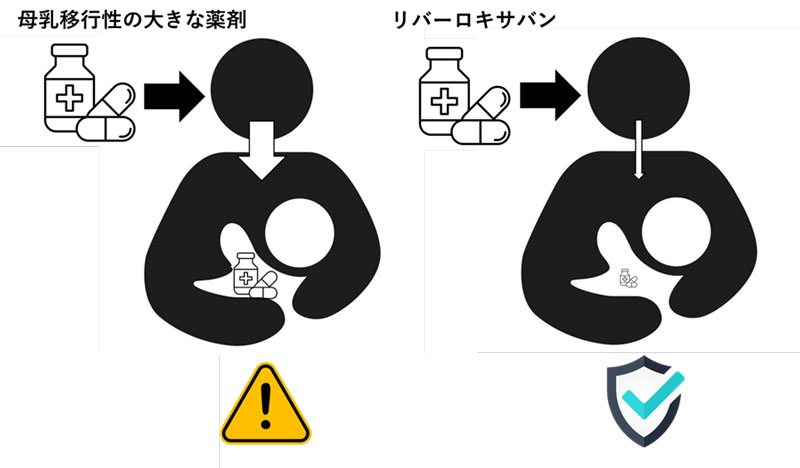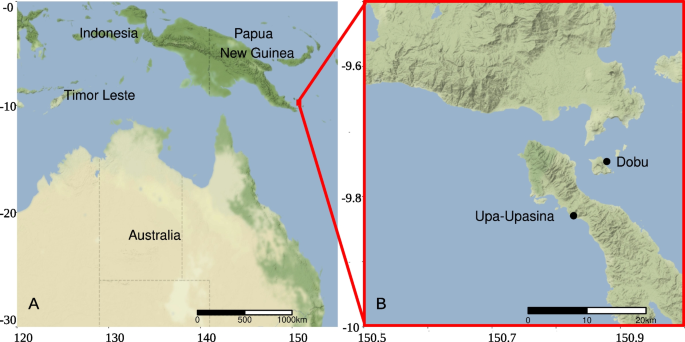2024-04-17 インペリアル・カレッジ・ロンドン(ICL)
<関連情報>
- https://www.imperial.ac.uk/news/252619/shape-shifting-cancer-cell-discovery-reveals-potential/
- https://www.cell.com/cell-reports/fulltext/S2211-1247(24)00344-9
3次元細胞形状の環境依存的・独立的制御 Environmentally dependent and independent control of 3D cell shape
Lucas G. Dent,Nathan Curry,Hugh Sparks,…,Leo Rowe-Brown,Chris Dunsby,Chris Bakal
Cell Reports Published:April 17, 2024
DOI:https://doi.org/10.1016/j.celrep.2024.114016
Highlights
- A 3D morphology analysis of more than 60,000 cells by high-throughput light sheet
- The environment modulates opposing roles of myosin and microtubules in shape control
- RhoGEFs FARP1 and TIAM2 control cell protrusivity in distinct environmental contexts
- A technique to assay cytoskeletal signaling in cancer cells in complex environments
Summary
How cancer cells determine their shape in response to three-dimensional (3D) geometric and mechanical cues is unclear. We develop an approach to quantify the 3D cell shape of over 60,000 melanoma cells in collagen hydrogels using high-throughput stage-scanning oblique plane microscopy (ssOPM). We identify stereotypic and environmentally dependent changes in shape and protrusivity depending on whether a cell is proximal to a flat and rigid surface or is embedded in a soft environment. Environmental sensitivity metrics calculated for small molecules and gene knockdowns identify interactions between the environment and cellular factors that are important for morphogenesis. We show that the Rho guanine nucleotide exchange factor (RhoGEF) TIAM2 contributes to shape determination in environmentally independent ways but that non-muscle myosin II, microtubules, and the RhoGEF FARP1 regulate shape in ways dependent on the microenvironment. Thus, changes in cancer cell shape in response to 3D geometric and mechanical cues are modulated in both an environmentally dependent and independent fashion.
Graphical abstract



